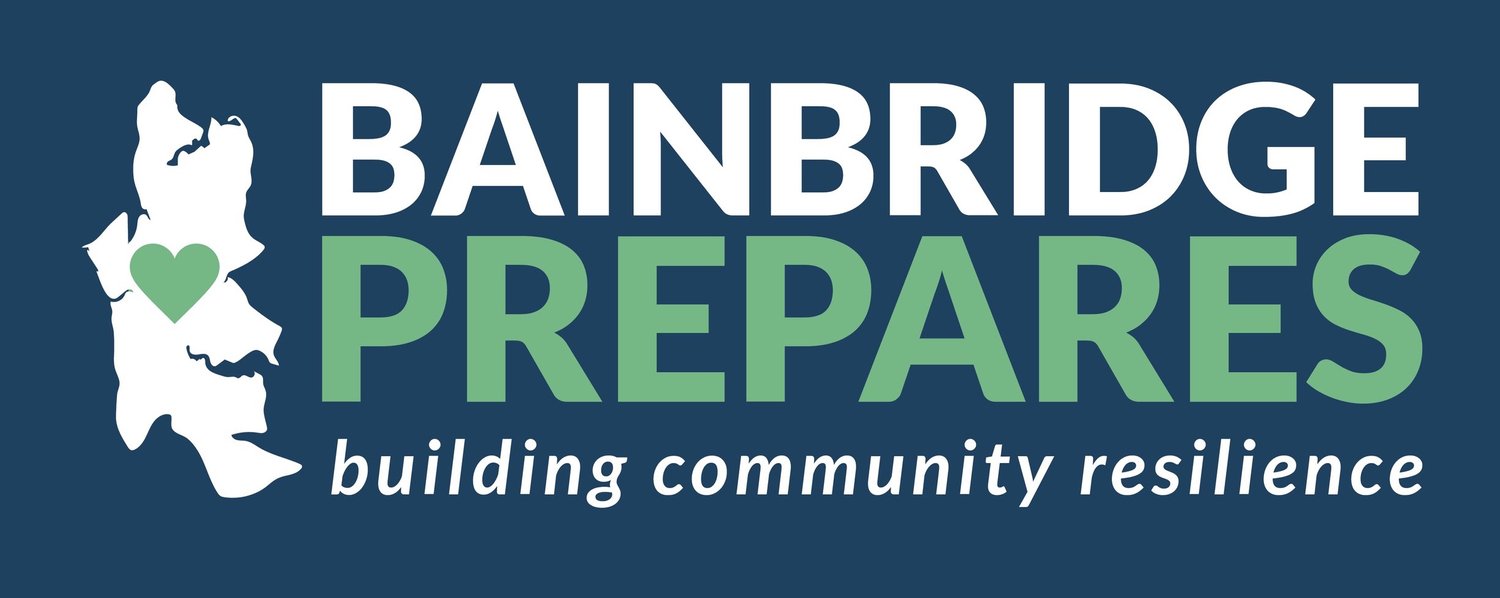Pro Tips for Your Household Communications Plan
If you’re participating in our Prepare in a Year program, you know that the March activity is to make a communications plan. You know that a good communications plan includes a strategy and tools for communicating, access to emergency alerts, and a way to keep your devices charged.
If you’ve completed the activity, you’re in great shape. Well done. But if you want to take your plan to the next level, follow these pro tips.
Make Hard Copies of the Plan
The plan should be on everyone’s devices. But give everyone a paper copy of the plan as well in case they don’t have their phones with them when a disaster hits or their batteries run out. Make sure your kids and elderly dependents have hard copies of the plan with them at all times.
List Key Contacts
In your communications plan, include the following information (as applicable):
an out-of-state contact who is willing to keep everyone informed
off-island contacts (in case you can’t get back to the island and need a place to stay); you’ll need one in Kitsap and one in Seattle
Identify Meetup Places
In your plan, include the following:
emergency plans for school/childcare and caregivers telling you where to pick up your family members
a neighborhood emergency meetup place (in case you can’t get home)
an out-of-neighborhood meeting place (in case you can’t get back to your neighborhood)
an off-island meeting place (for any household members who can’t get back to Bainbridge)
Identify and Prepare a Contingency Contact
We can’t control when disasters happen. They can happen when some family members, but not all, are away from home. In that case, you might need to have at least one other person on your emergency communications team.
This person will agree to pick up your kids from school, take care of your pets until you can be reunited, or look in on your elderly parents whom you regularly care for. Review the relevant schedules with them and make sure they have access to your home, to school, and to any other care facilities. Add them to your children’s school plan or elder care visitor lists as authorized contacts.
Diversify Your Devices
You already know that, during an emergency, texting and texting out of state are likely to work better and for longer than making local calls. But it’s also a good idea not to rely on a single mode of communication.
A satellite-based communicator is more likely to work after a disaster since it’s dependent on satellites and not cell towers. These devices are expensive, however, and, unless you’re using a single device solely to message your-out-of-state contact, you will need more than one device.
Also consider ham radios if you have a way to power them, like a generator.
Finally, during some smaller-scale emergencies, the Internet may still work and you may still have power. Good old-fashioned email will serve then for communication. That’s why you should be certain to have email addresses included in your contact lists.

